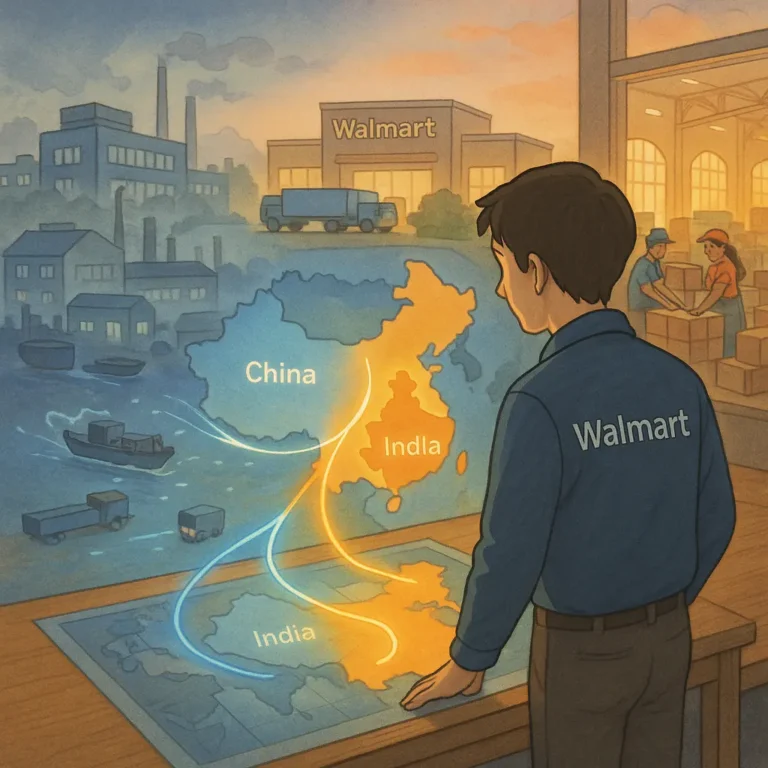
If supply chain management were a battlefield, Procurement would be the front line, and procurement officers would be the front-line soldiers. And leveraging procurement strategies that work will ensure it is streamlined for effectiveness.
Procurement is the focal point of every decent supply chain system.
Procurement has always been tasked with reducing cost of the entire supply chain through negotiations and partnerships. But considering the complexity of the modern supply chain, that may not be enough for most businesses.
As more supply chains continue to grow and become more complex, the procurement team and process have more responsibilities. The procurement now has to do more than just negotiations and managing suppliers. It ensures competitive advantage, eliminates waste, and forge strategic relationships.
In this article we will evaluate some of the best procurement strategies.
Best Procurement Strategies
For the modern supply chain to be successful, the procurement department has to be at the centre of operations. This makes it necessary to leverage certain strategies that will allow the procurement process become more efficient.
Let’s consider some of these strategies.
Build a Procurement Management Framework
A building without a solid foundation cannot last long. In this case, procurement management without a proper framework will ultimately fail. A well-thought-out procurement framework will serve as the foundation for your procurement management.
As the supply chain becomes complex, supply chain managers must constantly review the frameworks of their procurement management. With a proper framework in place, procurement processes would be well-defined, improving efficiency in the supply chain.
There are five key areas to consider in this procurement strategy
- Purchasing processes(Quotation, tender, negotiating, and order)
- Vendor management
- Quality assurance
- Invoice and payment
- Accounting and record keeping
Other aspects of the procurement framework that should be considered but are often at the business’s discretion include documentation, approval processes, staff placement, and training.
To be clear, building a procurement framework takes time and often a period of trial and error to identify what works for the business.
Develop Strong Alliances or Collaboration With Suppliers
Partnerships or collaborations with suppliers are increasingly popular with supply chains. Strategic alliances or collaboration help improve supply chain flexibility, resilience, and visibility. All this sums up an overall increase in supply chain management’s efficiency and productivity.
While relationships with suppliers are essential, it can be difficult for a procurement manager to manage them.
The trick is to divide them into categories and focus on the crucial suppliers. There are four main categories of materials in every supply chain. They are:
- Strategic materials (High volume, high risk)
- Bottleneck/critical (High volume, low risk)
- Leverage (Low volume, high risk)
- Tactical/commodity (Low volume, low risk)
Notice the materials are categorized using two criteria. Their volume is needed in the supply chain, and the risk they pose.
Suppliers who fall into the first category are crucial to the supply chain and are naturally a priority for a long-term collaboration or strong alliance.
Suppliers consistently falling between the second and fourth categories are increasingly less important to the supply chain. While forming a relationship with them is beneficial, the procurement manager doesn’t have to focus much energy on that.
Focus on Total Cost of Ownership (TCO)
It is easy to lose track of this while negotiating a great price. The total cost of any material is much more than just the purchase price for that material.
It entails the price, transportation, preservation or inventory, insurance, etc.
By focusing on the big picture, procurement managers can get the total cost of ownership down. Although they may not necessarily get the best price for that product.
One easy way to do this is by taking advantage of the economies of scale. Economies of scale is achieved by ordering multiple products or services from the same manufacturer.
The procurement manager can also partner with other supply chains on the same level to achieve a great deal on the total cost of ownership. This type of partnership is called vertical supply chain collaboration.
Automation of the Procurement Process
Automated Procurement is popular these days. Now, businesses can automate most aspects of the procurement process, whether the purchase order, review, contract management, invoice, or payment.
With the help of information technology, procurement processes can be fully automated, saving time, errors, and costs.
Automating the procurement process also allows for easy data gathering and analysis of the procurement process.
Collectively, supply chains worldwide are losing billions of dollars annually to the cost of inefficiency in their procurement process.
Considering the need for businesses to get every advantage they can, implementing automated Procurement seems like a no-brainer.
While automation is great, it is essential to integrate procurement processes. Why? There are different systems or levels in the procurement process. Failing to integrate all levels could delay movement between the groups of Procurement.
Ultimately it becomes counterproductive.
Integrate and Optimize Inventory
While inventory management and procurement management are different arms in supply chain management, they make the supply chain more efficient if they are both integrated.
The other side of the coin here is optimizing the inventory. An optimized inventory helps businesses track product distribution, but maybe more importantly, it helps Procurement management in demand planning.
Fairness and Transparency in the Procurement Process
Fairness as a procurement strategy means selecting suppliers and contractors based on merits and qualifications. Sometimes procurement officers/managers are susceptible to taking bribes or selecting vendors with whom they have prior relationships.
Fairness also plays a role in contract negotiation. Ensuring your vendors leave the table satisfied goes a long way in motivating them to stick to the terms agreed upon.
Encouraging fairness in the procurement process improves the efficiency of the supply chain.
Transparency is open communication between all parties and stakeholders in the procurement process. It means giving all parties access to relevant information that will help them seamlessly carry out their respective parts.
When encouraged, transparency increases the visibility of the supply chain and discourages disruptions. Most procurement managers only allow transparency regarding their strategic or tier 1 partners. However, it is not advisable.
Despite their lower risk rate, if not handled properly can ultimately become a problem for the supply chain.
Focus on Sustainability
The last of the procurement strategies is to focus on sustainability. Consumers are increasingly demanding sustainable practices from businesses and corporations. More than ever, they favour companies that take sustainability and corporate social responsibility seriously.
Procurement managers should stress and enforce the need for sustainable products and corporate social responsibility when partnering with suppliers.
Wrap Up
While these procurement strategies look simple and familiar, procurement managers do not often fully implement them. Implementing these practices will guarantee excellence in your Procurement department.
The next few years will see further changes in Procurement management. Procurement managers can adapt by anticipating or monitoring trends.

Obinabo Tochukwu Tabansi is a supply chain digital writer (Content writer & Ghostwriter) helping professionals and business owners across Africa learn from real-world supply chain wins and setbacks and apply proven strategies to their own operations. He also crafts social content for logistics and supply chain companies, turning their solutions and insights into engaging posts that drive visibility and trust.









4 thoughts on “Procurement Strategies That Work: A Review”